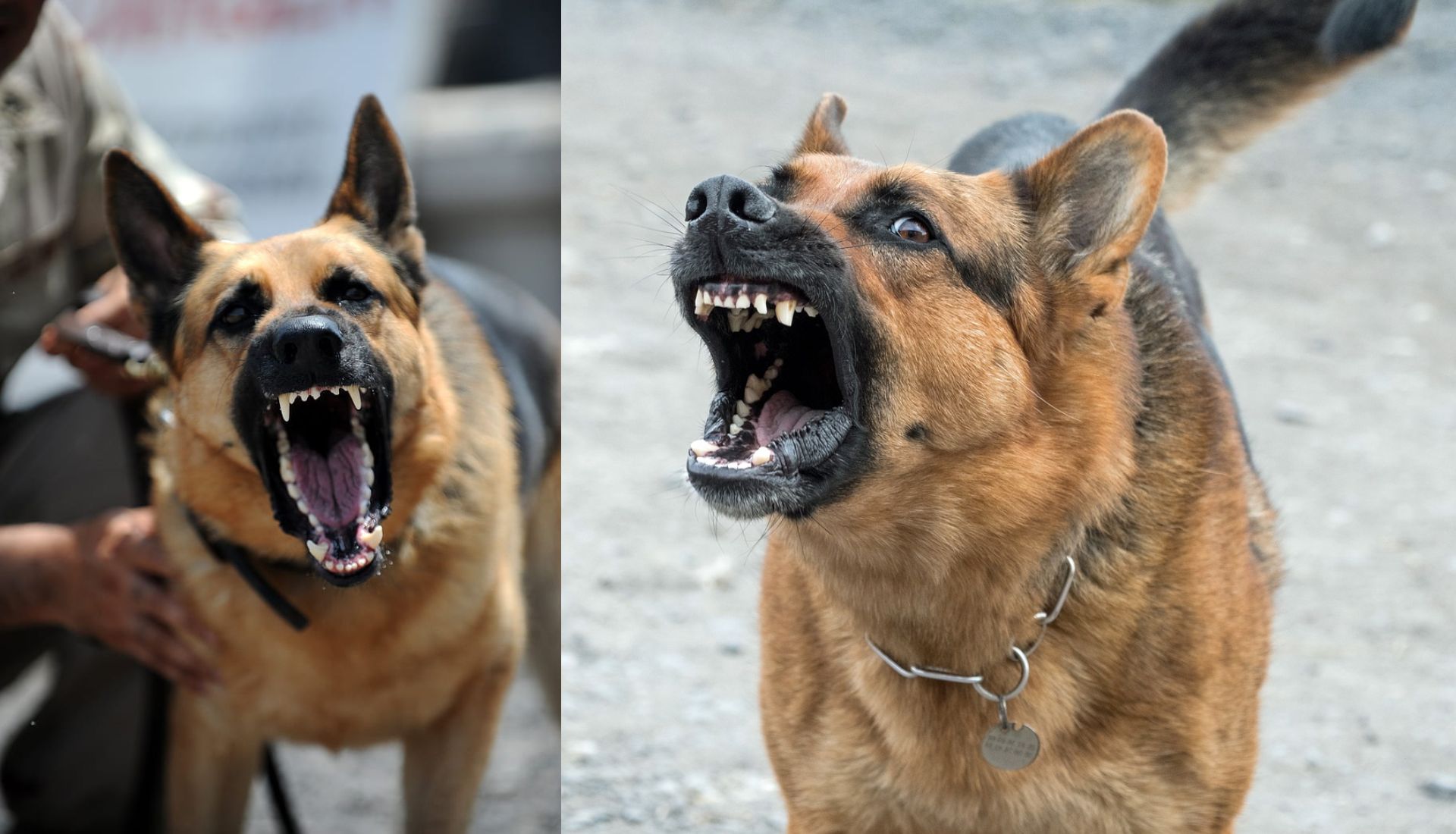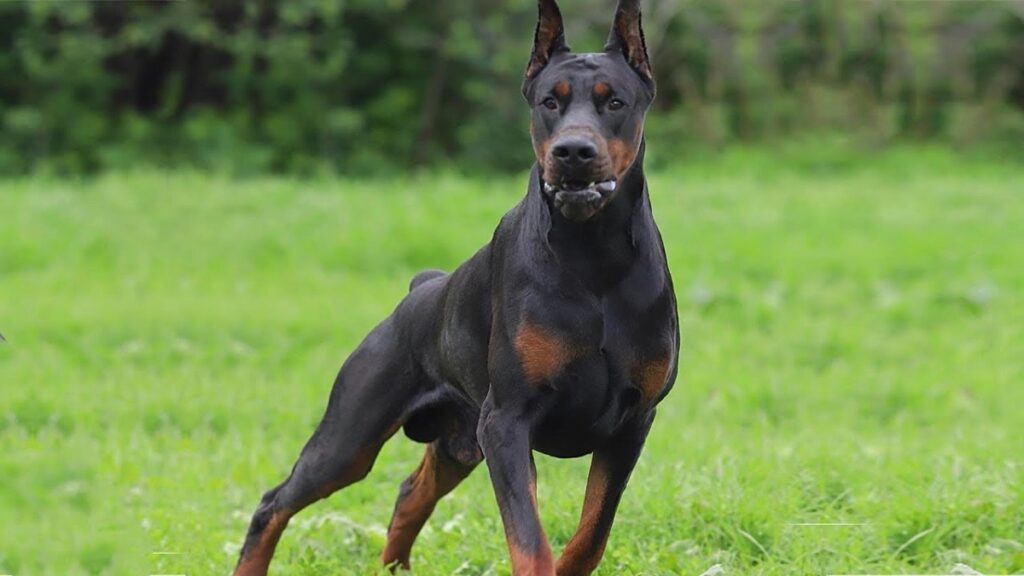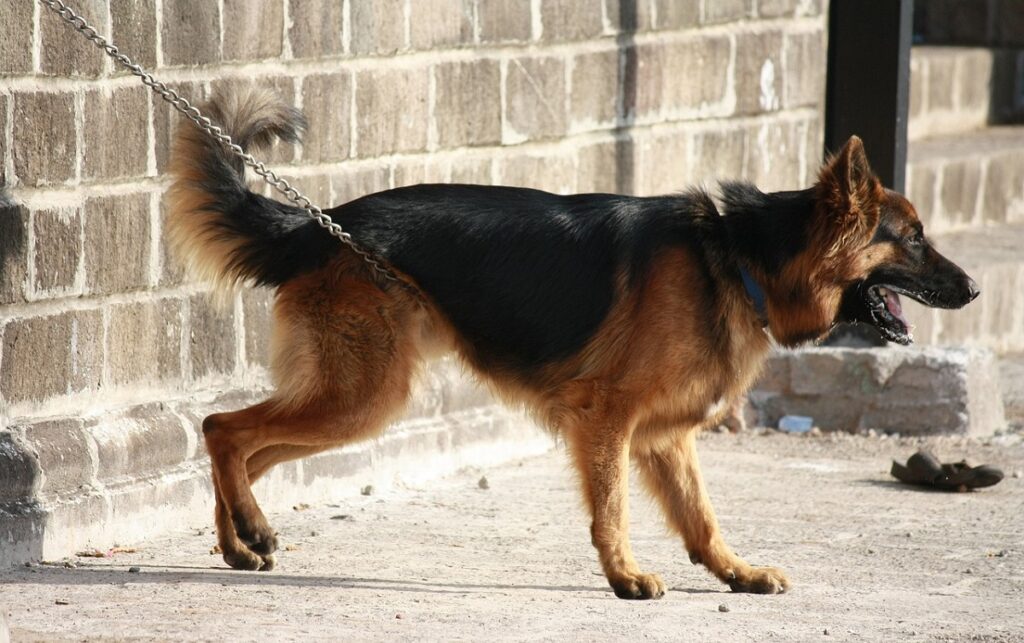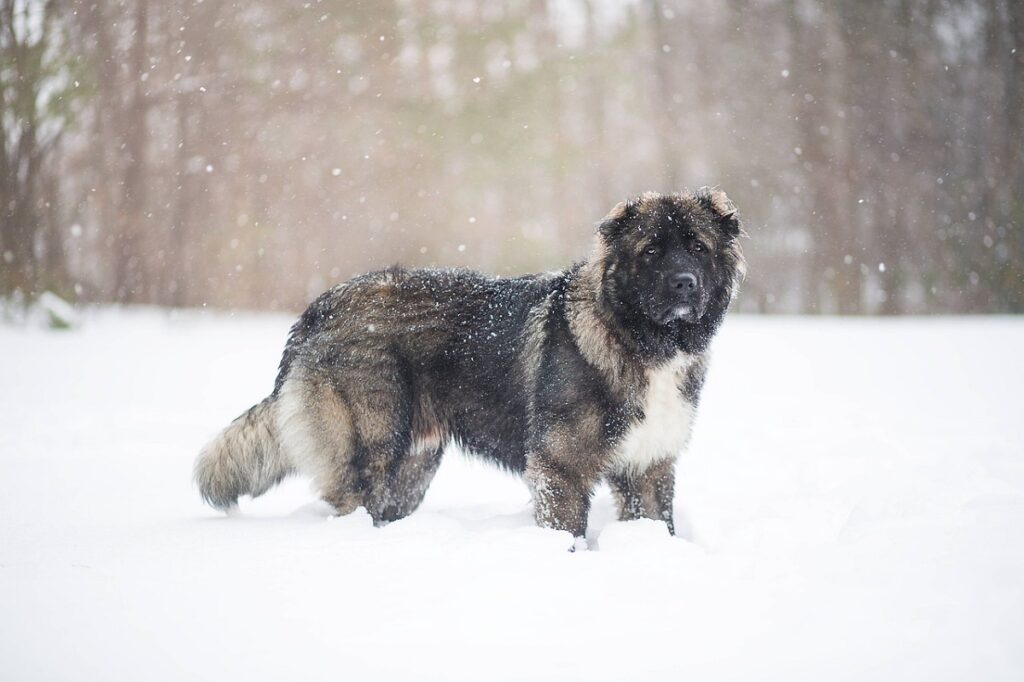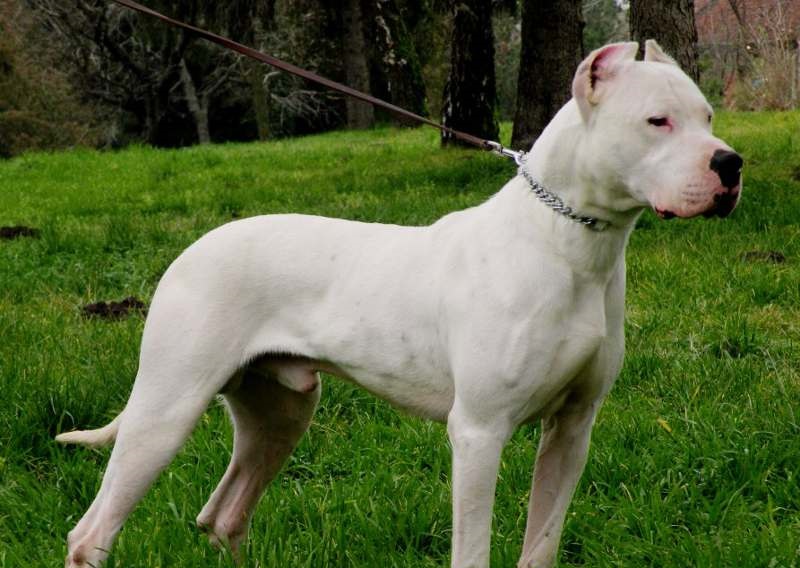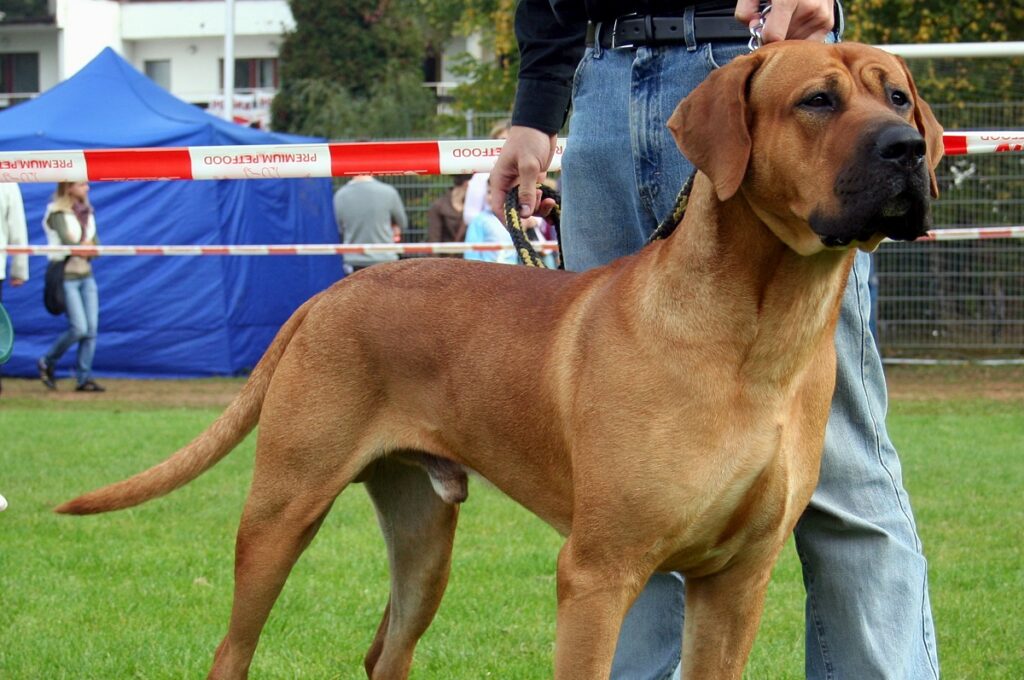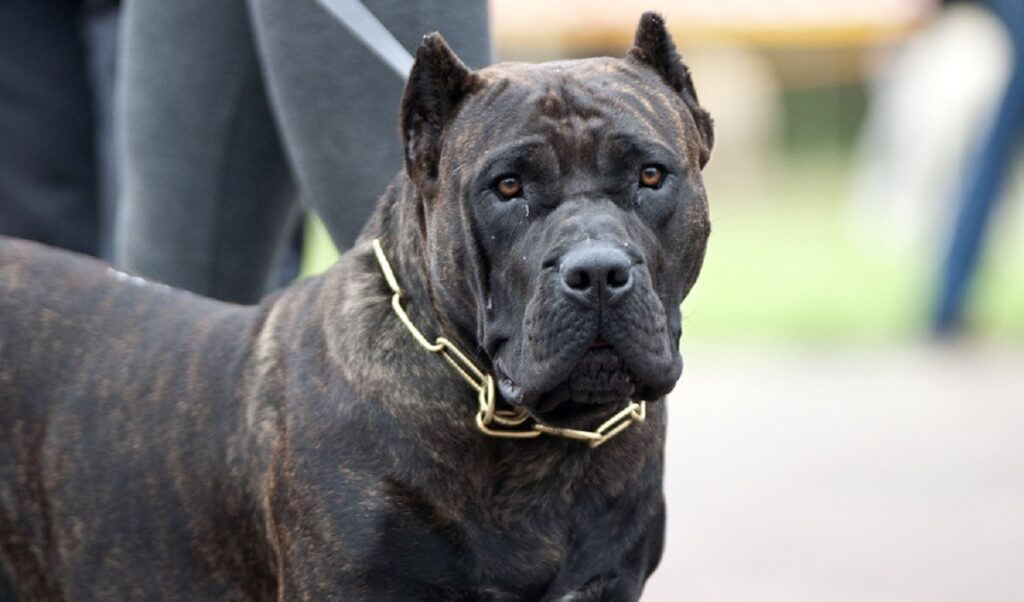Certain dog breeds possess an innate intensity and protective instinct, making them exceptional guardians. While temperament varies even within breeds, some are renowned for their vigilance and imposing presence. This list explores nine of the world’s most aggressive guard dog breeds, highlighting their characteristics and what makes them formidable protectors. Understanding their inherent traits is crucial for responsible ownership, ensuring both the dog’s well-being and the safety of those around them. This isn’t about promoting aggression, but rather informing potential owners about the serious commitment these breeds require.
Considering a guard dog? Excellent choice! However, it’s crucial to understand the specific traits and training required to mold their protective personality. These dogs are selectively bred for intelligence, strength, and unwavering loyalty.
Training focuses on cultivating controlled aggression towards potential threats and balancing effective protection with safe behavior. The key lies in ensuring the aggression is proportionate and manageable, avoiding the pitfalls of overly aggressive dogs that may pose risks to their owners and others.
Embrace the responsibility that comes with a guard dog; your diligence in training will ensure both your safety and that of your dog.
Ready to learn more? Dive into the details of the top 9 most aggressive guard dog breeds next.
Most Aggressive Guard Dogs in the World
Explore the elite realm of the world’s most aggressive guard dogs, where strength meets loyalty.
1. Pit Bull Terrier
Pit Bulls are ideal for security due to their loyalty and protective instincts. While friendly and affectionate with families, including children, they show a strong defensive side when their owners face danger. Their intimidating appearance and loud bark effectively ward off threats.
Known for their tenacity and determination, Pit Bulls will steadfastly defend when needed. They are not naturally people-aggressive but can be less tolerant of other dogs. Pit Bulls are famed for their strong bite and reluctance to let go, a behavior often misunderstood as having “locking jaws.” This persistent grip is actually a behavioral trait; there’s no physical locking mechanism in their jaws.
2. Doberman Pinschers
Doberman Pinschers, who originated in Germany for police and military work, are known for their strength, intelligence, and loyalty. These muscular dogs from the Working Group also serve as protective companions at home.
Dobermans are naturally inclined to guard, showing aggression when necessary to protect their family, with whom they are loving and playful. Historically bred for intimidation and defense, they won’t hesitate to confront perceived threats, embodying a balance of affectionate familial bonds and a fierce protective demeanor.
3. Rhodesian Ridgeback
Originally bred in Southern Africa for hunting and guarding, Rhodesian Ridgebacks are adept at tracking and holding prey, which earned them the nickname “African Lion Hound.” They are protective yet typically display a loyal, intelligent, and dignified temperament.
These dogs are very people-oriented, thriving on companionship with their owners, to whom they are deeply devoted. However, early socialization is crucial to prevent over-aggression and fearfulness, emphasizing the importance of a nurturing and engaging environment during their formative puppy years.
4. German Shepherd
German Shepherds, descended from old Alsatian Wolf Dogs, are known for their intelligence, loyalty, and hardworking nature. Historically used for protection, these dogs have served in police and military roles for nearly a century, marking them as highly intuitive guard dogs.
While they have the potential for aggression, like any dog, proper socialization and training can effectively manage this, allowing them to accept newcomers into their territory. Their strong bond with human families and natural instincts make them alert to threats, but this protective nature requires careful handling to prevent misdirected or excessive aggression.
5. Rottweiler
Rottweilers were originally used for herding and pulling butcher’s carts. Their behavior can range from loving and affectionate to aggressively protective, greatly influenced by their upbringing. The breed has gained a negative reputation due to some attacks on people and animals, including livestock.
These incidents are often attributed to poor training and inadequate socialization. Rottweilers are known to develop aggressive tendencies if not managed correctly, exhibiting overprotectiveness towards family and home, coupled with a high prey drive.
6. Caucasian Shepherd
The Caucasian Shepherd is a formidable guard dog breed known for its bold, fearless, and self-confident nature when facing threats. It exhibits a softer side with its family, showing devotion and kindness. Bred for guarding homes and livestock, this breed is courageous and strong-willed, which can challenge training efforts.
Its territorial nature often leads to aggression towards strangers, and without proper training, its dominant and powerful characteristics can become dangerous. The Caucasian Shepherd’s effectiveness as a guardian depends heavily on responsible ownership and training.
7. Dogo Argentino
The Dogo Argentino is a powerful, brave, and strong breed, yet sensitive and loyal as a family companion. Bred for big-game hunting, it is athletic with a keen hunting instinct. This breed often shows dominance or aggression towards other dogs, especially of the same sex, and has a strong chase instinct.
Proper breeding, socializing, and training are crucial, as they can become dangerous if not managed well. Due to their high energy, prey drive, and protective instincts, Dogo Argentinos are not ideal for first-time pet owners. They are intelligent but can be stubborn, making training a challenge.
8. Tosa Inu
The Tosa Inu is recognized as one of the world’s most dangerous dog breeds. It’s affectionate with its family but may be aloof with strangers. The Tosa Inu is naturally cautious around other dogs and can be aggressive towards those it sees as intruders.
Many countries have legally banned the breed due to its aggressive nature. Originating from Japan, the Tosa Inu was bred to be a muscular fighting dog. Even well-trained Tosas can become overprotective, posing a risk of aggression towards humans.
9. Presa Canario
The Presa Canario, also known as the Canarian Catch dog, is a large breed known for its history in dogfighting and its capability to be a formidable guard dog. Originally bred for activities like dogfighting, they have also been used in guarding livestock.
This breed demands early socialization and obedience training, especially under the guidance of an experienced owner. Without this, they can pose a risk to people and other animals due to their size and strength. Their background and characteristics make responsible ownership and training crucial for safety.
Conclusion
When considering the world of aggressive breeds, it’s essential to recognize the potential for aggressive behavior within certain breeds, such as the Doberman Pinscher. These large dog breeds, with their natural instincts, have the capacity to be protective but can pose risks if not properly trained.
Responsible ownership and early training are crucial, especially when there are small children around. Understanding the dog’s behavior, its average weight, and the impact of its young age on training are key factors in ensuring a safe coexistence with these powerful animals, ultimately preventing conflicts with both people and wild animals.
Ultimately, labeling a breed inherently “aggressive” is misleading. While certain breeds possess physical and temperamental traits suited for guarding, a dog’s behavior is primarily shaped by training, socialization, and individual temperament. Responsible ownership, including addressing breed-specific needs and providing proper training, is crucial. Choosing a guard dog requires careful consideration beyond breed reputation, focusing on temperament assessment and the commitment to providing a stable and nurturing environment to prevent aggression and ensure the dog’s well-being.

